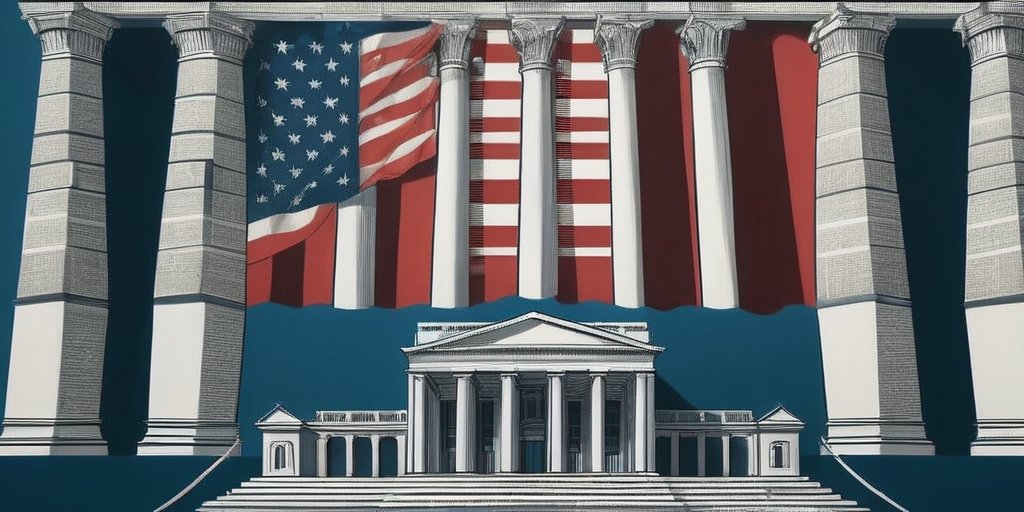In a dramatic shift of political strategy, President Donald Trump is intensifying his multi-pronged approach to reshape American institutions around his vision of governance. The 45th President’s administration is employing the full force of executive power to confront what he and his supporters characterize as an entrenched elite establishment. This includes scrutinizing universities, law firms, and public health policies — all in pursuit of what Trump considers a necessary retribution against perceived political adversaries.
Following a successful campaign, Trump’s intentions became increasingly clear: he plans to leverage executive authority to take on institutions and individuals that he views as obstacles to his agenda. From Ivy League universities to established law firms, no area seems beyond the reach of his sweeping changes.
One notable instance occurred recently when the White House pressured Columbia University to impose stricter campus policies, limiting demonstrations and revising the curriculum regarding the Middle East. As colleges brace for potential executive action, a palpable tension looms within the higher education sector, faced with Trump’s pronounced agenda.
Additionally, Trump has directed his Attorney General, Pam Bondi, to target lawyers and firms participating in legal battles against the government. This dramatic approach aims to penalize what Trump labels as “frivolous” litigation, following a controversial agreement with the law firm Paul, Weiss, which has raised eyebrows across the legal community.
Such actions reflect Trump’s broader strategy that resonates with the anti-establishment sentiments fueling his earlier rallies. His administration’s targets are often interpreted as an affront to longstanding norms surrounding political discourse and fairness in governance.
A significant aspect of this recalibration involves the Department of Education, now headed by Linda McMahon, whose controversial background starkly contrasts with the department’s traditional mission. McMahon’s assertive stance against the educational authority underscores Trump’s disdain for what he perceives as an ideological stranglehold held by liberal policies.
Trump’s recent endeavors spill over into multiple sectors, including the media, health, and arts. By exerting influence over cultural establishments like the Kennedy Center and promoting more mainstream narratives through controlled media outlets, Trump is attempting to redefine America’s cultural landscape.
Amidst these tumultuous shifts is Trump’s obsession with diminishing the influence of perceived elitist policies and reclaiming what he defines as authentic American values. His policies disrupt decades of bipartisan consensus in matters of foreign policy and healthcare, raising concerns about the implications for democracy and institutional integrity.
The administration’s push against established norms draws unsettling comparisons to authoritarian regimes, raising alarms from civil libertarians and scholars alike. The curtailment of press freedoms, alongside the criticism of independent judges, threatens not only the legal frameworks of accountability but also the essence of democratic engagement in America.
In summary, Trump’s second term is marked by ambitious attempts to reshape various facets of governance, signaling a profound shift in national policy that seeks to dismantle the influence of what he believes are corrupt elite structures. His assertion that he was “saved by God to make America great again” encapsulates his radical ambition for transformative change—one that is proving to be as contentious as it is revolutionary in the annals of American history.
